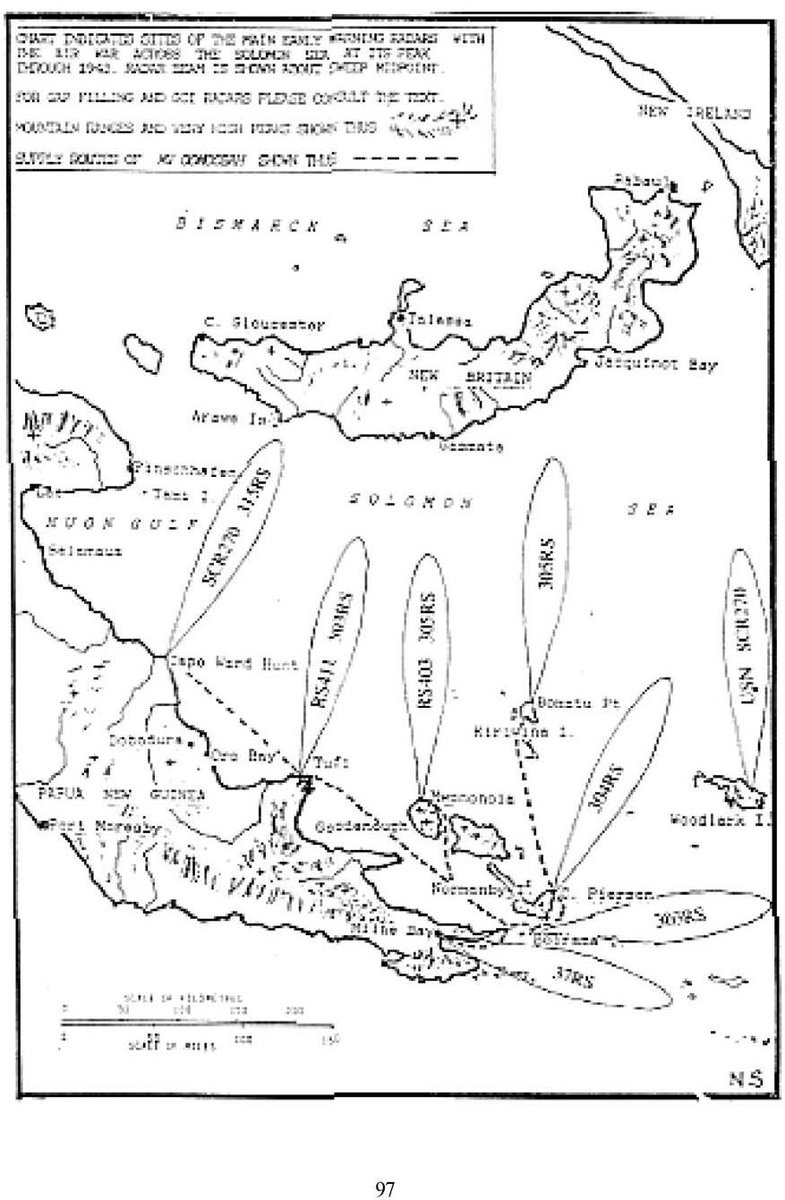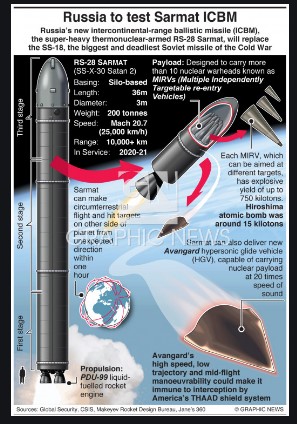
@DWB55 Mr Burns,
I've quite a few maps of the New Guinea campaign.
Few to none do what you just did there...you show the Japanese side with naval combatants & transports of less than 1,000 tons.
MacArthur Reports has a few such maps.
US Naval historians would rather slit their...



I've quite a few maps of the New Guinea campaign.
Few to none do what you just did there...you show the Japanese side with naval combatants & transports of less than 1,000 tons.
MacArthur Reports has a few such maps.
US Naval historians would rather slit their...




@DWB55 ...wrists in a long warm bath before consulting that resource and almost none have looked at the Japanese & Australian small ships and barges role in the New Guinea campaign.
Doing so is not career enhancing for what it reveals about the WW2 USN narrative.
Doing so is not career enhancing for what it reveals about the WW2 USN narrative.
@DWB55 When you compare your map to this one. You get the air-sea-land context of the Japanese projecting power and guarding sea lines of communication.
Here we are at over 75 years since these combats and it's only now such maps are made?
Here we are at over 75 years since these combats and it's only now such maps are made?

@DWB55 FYI, these are the MacArthur Reports maps the US Naval historians don't go near and the blog post at the link are where I give some of the reasons why.
chicagoboyz.net/archives/38557…

chicagoboyz.net/archives/38557…


@DWB55 @threadreaderapp unroll
• • •
Missing some Tweet in this thread? You can try to
force a refresh









